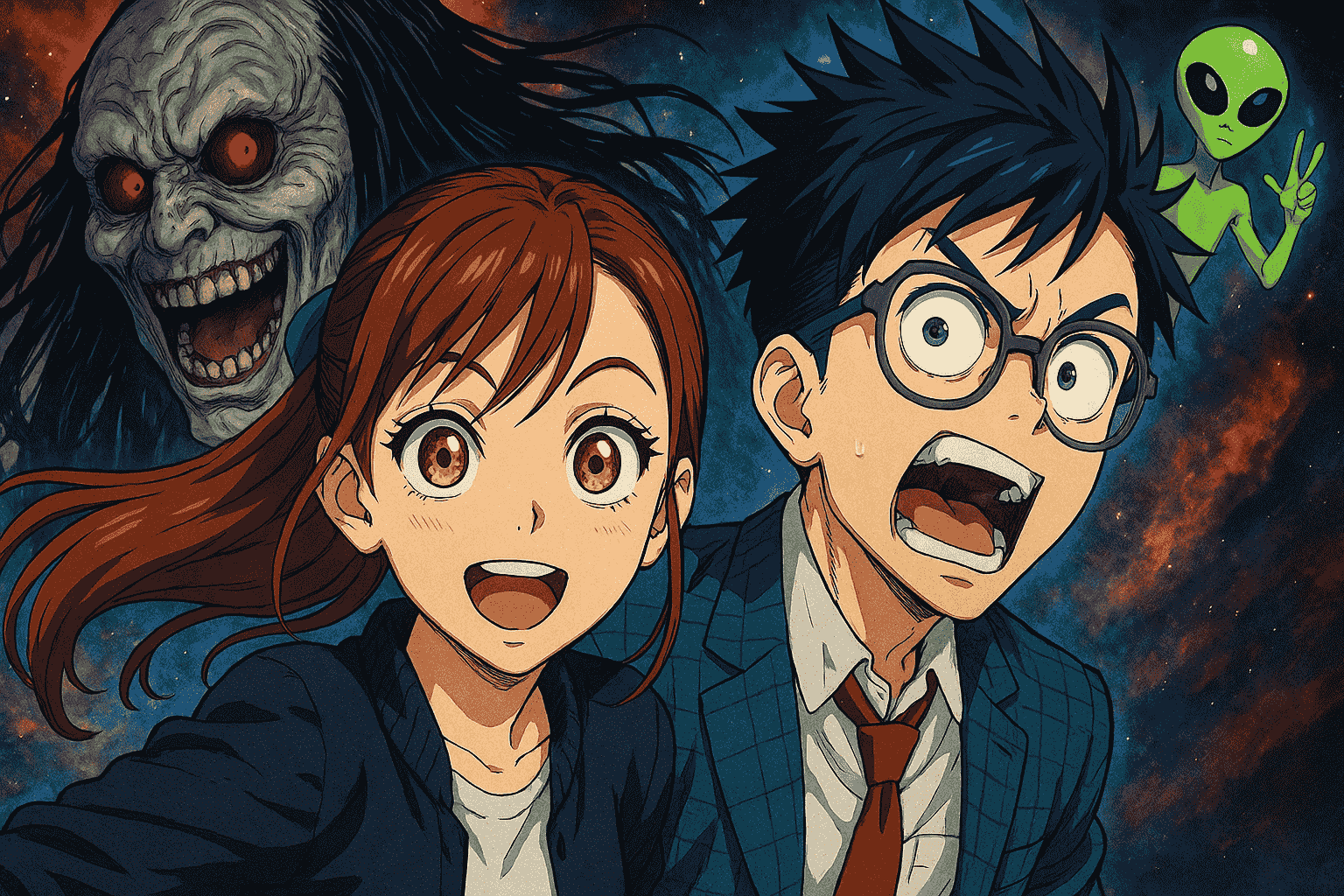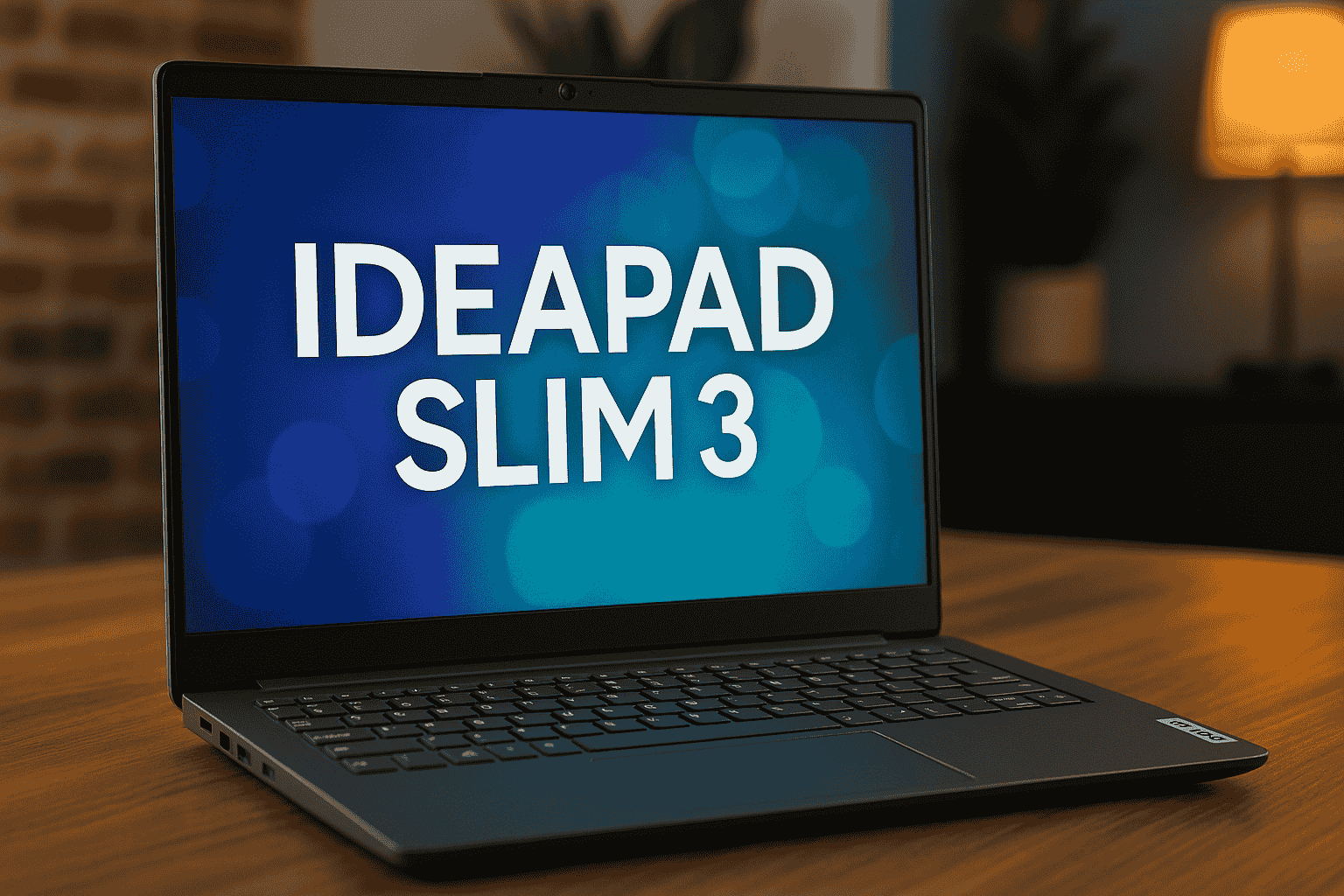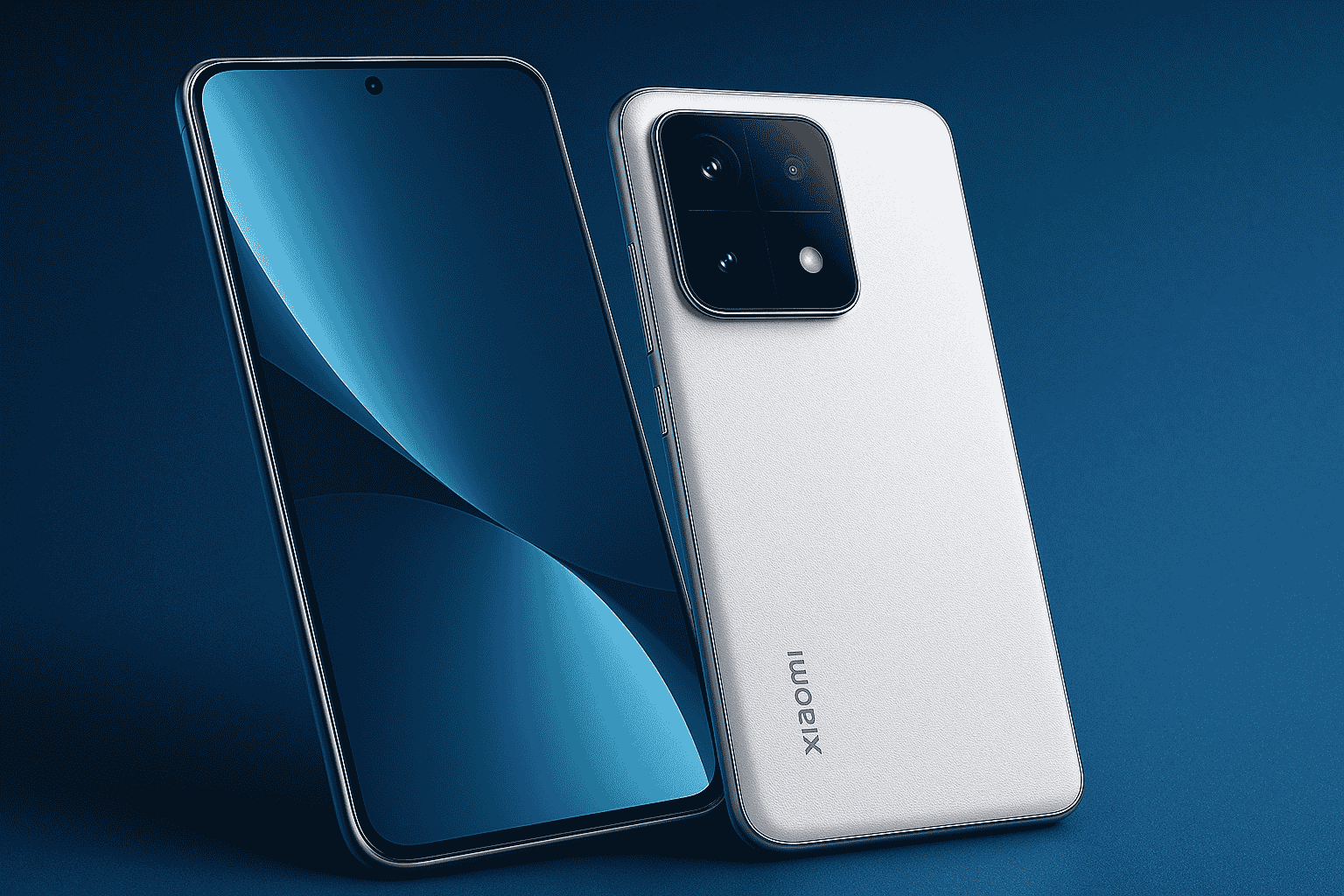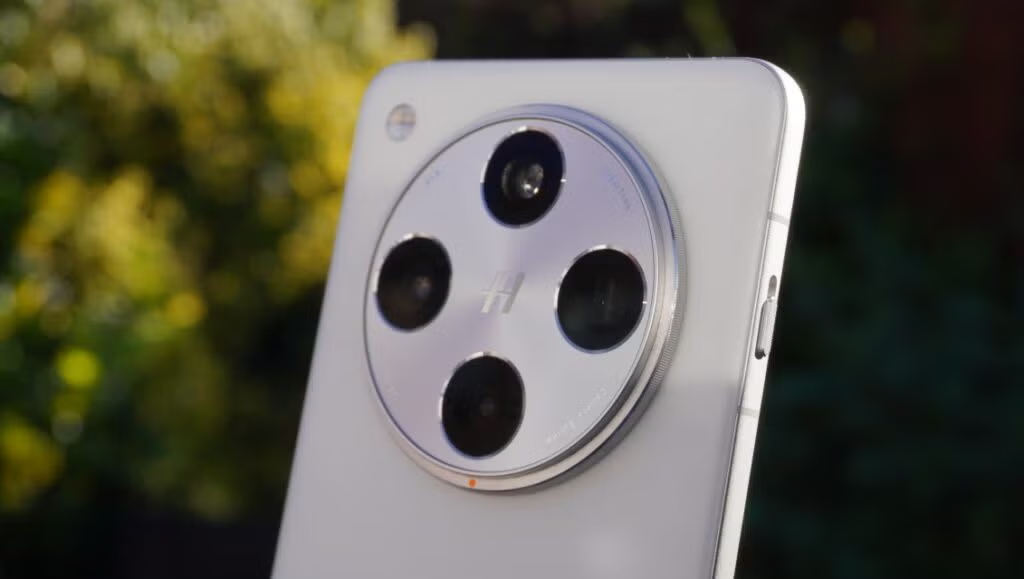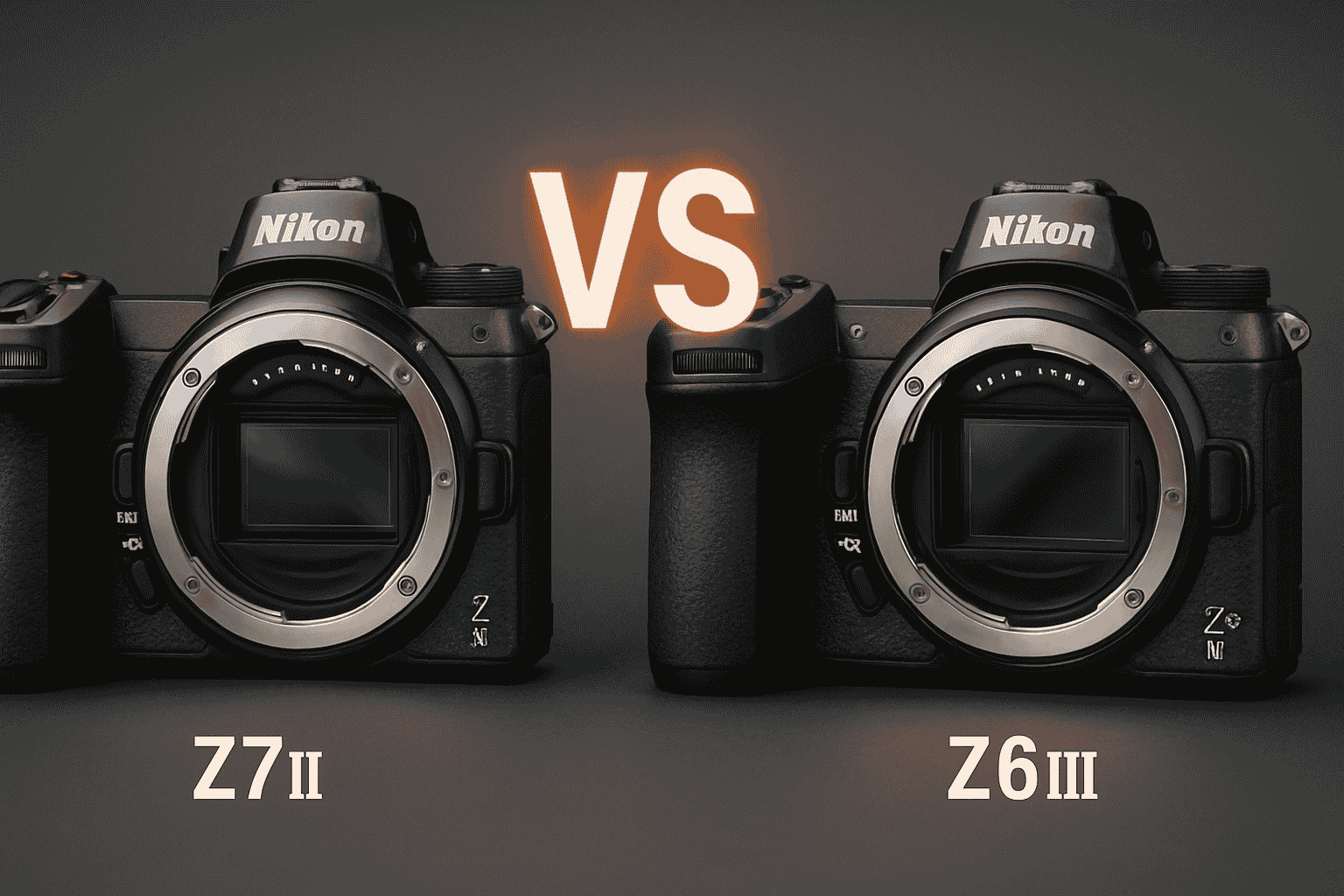
If you’re on the hunt for a new mirrorless camera, the Nikon z7ii vs z6iii debate is likely already on your radar. Both of these cameras are part of Nikon’s incredibly popular Z-series, and they’ve earned a solid reputation among both hobbyist photographers and professionals alike.
But what differentiates them in the Nikon z7ii vs z6iii comparison, and which should you choose? Are you looking for super-high resolution, or do you need a faster shooting speed? Does video quality matter more to you than still-image perfection?
Every step will be covered in detail in this guide. From image quality to autofocus, video capabilities, battery life, and even price, we’ll compare everything you need to know about the Nikon z7ii vs z6iii. By the end, you’ll be able to decide which one is the best fit for your specific needs.
Nikon z7ii vs z6iii: Which One Has the Edge?
Both the Z7II and the Z6III come packed with powerful specs, making either a solid choice depending on your priorities. But there are key differences that can help guide your decision.
- Nikon Z7II: With its 45.7 MP sensor, this camera is built for high-resolution photography. It’s the perfect camera for capturing extreme detail, whether you’re shooting landscapes, architecture, or studio work.
- Nikon Z6III: With a 24.5 MP sensor, the Z6III excels in speed, autofocus performance, and video quality, making it an excellent choice for hybrid shooters and videographers.
Who Is the Nikon Z7II For?
- Photographers who prioritize detail and resolution.
- Landscape, portrait, and commercial photographers who need large file sizes for prints.
- Those who want to future-proof their camera with incredible resolution and performance.
Who Is the Nikon Z6III For?
- Those who need speed (faster frames per second for action shots).
- Hybrid shooters who want a balance of great stills and superb video.
- Wildlife photographers, sports shooters, and anyone needing fast, reliable autofocus.
- Videographers who want the ability to shoot in 4K UHD with 10-bit recording internally.
Now, let’s break down the core specs to give you a clearer picture.
Key Specifications: Nikon z7ii vs z6iii
Both of these cameras are impressive in their own ways, but when it comes to the Nikon z7ii vs z6iii, they’re tailored for different kinds of shooting. Here’s a side-by-side look at their key specifications.
| Feature | Nikon Z7II | Nikon Z6III |
| Sensor | 45.7MP Full-Frame | 24.5MP Full-Frame |
| ISO Range | 64-25,600 (expandable to 102,400) | 100-51,200 (expandable to 204,800) |
| Continuous Shooting | 10 fps | 14 fps |
| Autofocus | 493-point (Dual EXPEED 6) | 273-point (EXPEED 7) |
| Video Recording | 4K UHD at 60p | 4K UHD at 60p |
| Battery Life | 360 shots per charge | 390 shots per charge |
| Weight | 705g (1.55 lbs) | 585g (1.29 lbs) |
| Dual Card Slots | Yes (XQD + SD) | Yes (CFexpress Type B + SD) |
| In-body Stabilization | Yes | Yes |
| Weather Sealing | Yes | Yes |
Key Takeaways:
- In the Nikon z7ii vs z6iii comparison, the Z7II wins in resolution with its 45.7 MP sensor, but the Z6III has faster performance in terms of frames per second (14 fps vs 10 fps), which is a huge plus for action shots.
- The Z6III also takes the lead in ISO performance, offering a wider range that’s particularly helpful in low-light conditions.
- The Z7II offers a more traditional setup with XQD + SD card slots, while the Z6III offers CFexpress B compatibility — making it better for fast continuous shooting.
Image Quality: Nikon z7ii vs z6iii
When it comes to image quality, the Nikon z7ii vs z6iii differ quite a bit, especially in the details they capture.
- Nikon Z7II: Thanks to its 45.7MP sensor, it offers extraordinary image detail. This makes it a fantastic choice for photographers who need to produce large, high-resolution prints or for anyone who does extensive cropping in post-production. If you’re shooting for a portfolio or need sharpness at the pixel level, this camera delivers.
- Nikon Z6III: While its 24.5MP sensor is lower in resolution, the Z6III still delivers amazing image quality. Its lower pixel count allows for better low-light performance, and it’s quicker to capture images with less rolling shutter, making it perfect for action shots like sports, wildlife, and street photography. It also has better dynamic range in challenging lighting conditions, especially for those needing more flexibility in post-processing.
Real-World Use Cases: Which Camera to Choose in the Nikon z7ii vs z6iii Battle?
So, now that you know the basic specs of the Nikon z7ii vs z6iii, let’s talk about the real-world scenarios where you’d get the most out of each camera.
1. Wedding Photography
- Nikon Z7II: If you’re doing portraiture or high-end wedding photography, the Z7II’s 45.7 MP sensor will be a game-changer. You’ll capture stunning details, perfect for album prints. The higher resolution is perfect for tight compositions, even in low light, and works great for close-ups of rings, makeup, and wedding dresses.
- Nikon Z6III: If you’re shooting a fast-paced wedding with a lot of action, the Z6III’s autofocus and 14 fps shooting speed make it a great choice. Plus, the Z6III‘s great video capabilities make it a solid option for capturing the entire event.
2. Wildlife Photography
- Nikon Z7II: If you want crystal-clear details from a distance, the Z7II will give you the clarity you need for distant wildlife shots. However, it’s not as fast for continuous shooting as the Z6III, which might slow you down when the action gets intense.
- Nikon Z6III: If you’re after action shots, the Z6III‘s 14 fps and improved autofocus system are perfect for tracking fast-moving animals in challenging lighting conditions.
3. Videography
- Nikon Z7II: For serious videographers, the Z7II offers 4K UHD video at 60p, but the lack of internal 10-bit recording means you’ll need an external recorder for that extra depth of color.
- Nikon Z6III: The Z6III edges out the Z7II with its internal 10-bit recording for 4K UHD video, making it a great choice for filmmakers who want smooth, cinematic footage without the need for additional equipment.
Nikon z7ii vs z6iii: Competitor Comparison (Sony A7IV & Canon R6 Mark II)
To give you the most complete picture, let’s briefly take a look at how the Nikon z7ii vs z6iii comparison stacks up against some of their biggest competitors — the Sony A7IV and the Canon EOS R6 Mark II. This will give you a sense of how they compare to the broader mirrorless camera market.
Nikon Z7II vs Sony A7IV
- Sony A7IV: With a 33MP sensor, the A7IV sits between the Z7II’s high-resolution 45.7MP and the Z6III’s 24.5MP, giving it a solid balance between detail and speed. The A7IV’s autofocus system is top-notch, with 759 phase-detection points. It’s a competitor to both the Z7II and Z6III when it comes to hybrid shooting (photo + video).
- Video Capabilities: Like the Z6III, the A7IV offers 10-bit 4K recording, which is a huge plus for filmmakers.
- Battery Life: The A7IV lasts about 580 shots, making it a bit better than both the Z7II and Z6III in real-world use.
- Video Capabilities: Like the Z6III, the A7IV offers 10-bit 4K recording, which is a huge plus for filmmakers.
- Who should choose the Sony A7IV?
- People looking for a balanced resolution (between the Z7II and Z6III) for both still and video work.
- Those who prioritize video features and fast autofocus for hybrid shooting.
- People looking for a balanced resolution (between the Z7II and Z6III) for both still and video work.
Nikon Z7II vs Canon R6 Mark II
- Canon R6 Mark II: With a 24.2MP sensor, the Canon R6 Mark II competes more directly with the Z6III in terms of resolution. It has superb autofocus performance, enhanced by Canon’s Dual Pixel CMOS AF II system, making it one of the best for tracking moving subjects.
- Autofocus: Canon’s eye-tracking and subject-detection AI make the R6 II excellent for sports, wildlife, and wedding photographers who need reliability in fast-moving environments.
- Video: The R6 Mark II offers 10-bit 4K internal recording like the Z6III, and it’s excellent for content creators.
- Autofocus: Canon’s eye-tracking and subject-detection AI make the R6 II excellent for sports, wildlife, and wedding photographers who need reliability in fast-moving environments.
- Who should choose the Canon R6 Mark II?
- Anyone looking for a camera that excels at both autofocus and video recording.
- Those who need fast frame rates and solid low-light performance for action photography and videography.
- Anyone looking for a camera that excels at both autofocus and video recording.
For more detailed camera recommendations, check out our Best Camera Phone Under 30000 guide.
Nikon z7ii vs z6iii: Expert Tips and Considerations
When choosing between the Nikon z7ii vs z6iii, there are some expert tips and things to consider that might not be immediately obvious. These can help tip the scales in favor of the one that best fits your personal needs.
1. Prioritize Resolution or Speed?
- If your work requires exceptional detail, such as landscape photography, architectural shots, or any type of commercial work, the Z7II’s 45.7MP sensor should be your top choice. The added resolution lets you crop in without losing quality, and you’ll have stunning clarity when printing large images.
- On the other hand, if you’re into action shots, wildlife, or sports photography, you’ll benefit more from the Z6III’s 14 fps continuous shooting speed and its lightning-fast autofocus system. The Z6III also provides better autofocus tracking for moving subjects, which can make a huge difference in dynamic situations.
2. Do You Need the Best Video Quality?
- If videography is a big part of your workflow, the Nikon z7ii vs z6iii comparison shows that the Z6III is an excellent choice. It has internal 10-bit 4K recording without the need for an external recorder, which the Z7II requires for 10-bit video. This makes the Z6III the more convenient, budget-friendly option for content creators who need pro-level video features.
- The Z7II, while also capable of shooting 4K UHD at 60p, will require an external recorder to record 10-bit video. However, if you’re already invested in higher-end video gear, the Z7II could still work, especially if your focus is on high-res stills with some occasional video work.
3. Consider Weight and Portability
- If you’re planning on shooting for long hours or need a lighter setup, the Z6III has a clear advantage. Weighing just 585g, it’s around 120g lighter than the Z7II, which can make a big difference in comfort, especially on long hikes, events, or street photography sessions.
- The Z7II weighs 705g, which is slightly heavier but still relatively lightweight for a high-performance camera. However, if you’re someone who values handling comfort and balance over sheer performance, this could be a factor to keep in mind.
Nikon z7ii vs z6iii: Which One Should You Buy?
Now that we’ve covered all the major differences between the Nikon z7ii vs z6iii, here’s the bottom line:
Choose the Nikon Z7II If:
- You’re looking for extreme resolution and need that extra pixel detail for large prints, commercial work, or detailed landscapes.
- You’re a professional photographer who requires high-quality stills for studio or portfolio work.
- Video is secondary to your primary work, and you already have or plan to get external recording gear for pro-level video.
Choose the Nikon Z6III If:
- You need a camera that excels at both stills and video with features like 10-bit internal 4K video, and fast autofocus for action photography.
- You want a budget-friendly hybrid option that provides amazing video quality, faster shooting speeds, and solid low-light performance.
- You’re shooting sports, wildlife, weddings, or events, where speed and autofocus are critical.
Frequently Asked Questions (FAQs)
Which is better for beginners when comparing the Nikon z7ii vs z6iii?
- The Z6III is more beginner-friendly because of its speed, simplicity, and the fact that it strikes a balance between both photo and video. It’s also easier to handle and has a more affordable price tag.
2. Does the Nikon Z7II have better autofocus than the Z6III?
- While the Z7II has solid autofocus, the Z6III takes the lead with its new EXPEED 7 processor, offering better subject tracking and quicker autofocus performance overall.
3. How is the Nikon Z6III in low light compared to the Z7II?
- The Z6III performs slightly better in low-light situations due to its lower-resolution sensor and improved ISO range. This allows it to capture more light and perform well in dimmer conditions.
4. Is the Nikon Z6III or Z7II better for wildlife photography?
- The Z6III is the better choice for wildlife photography because of its 14 fps continuous shooting and faster autofocus tracking, making it more capable of capturing fast-moving subjects.
5. Does the Nikon Z7II offer better image quality for portraits?
- Yes, the Z7II is perfect for portrait photography, as its higher resolution allows for more detailed skin tones, sharpness, and the ability to crop without losing quality.
Wrapping Up
Both the Nikon z7ii vs z6iii offer incredible value, but your choice really depends on what you prioritize:
- The Z7II is the clear winner for high-resolution stills and professional work.
- The Z6III shines in hybrid shooting, video production, and action photography, while also offering great value for money.
Whichever camera you choose in the Nikon z7ii vs z6iii comparison, you’ll be stepping into the world of Nikon’s premium mirrorless lineup. Happy shooting! 📸✨
